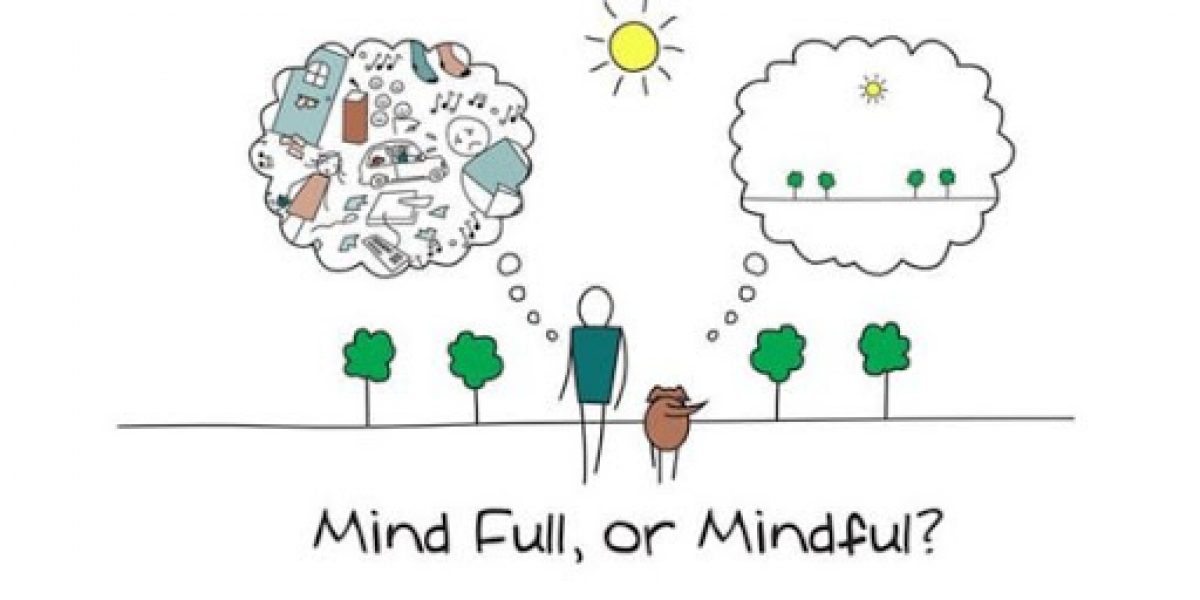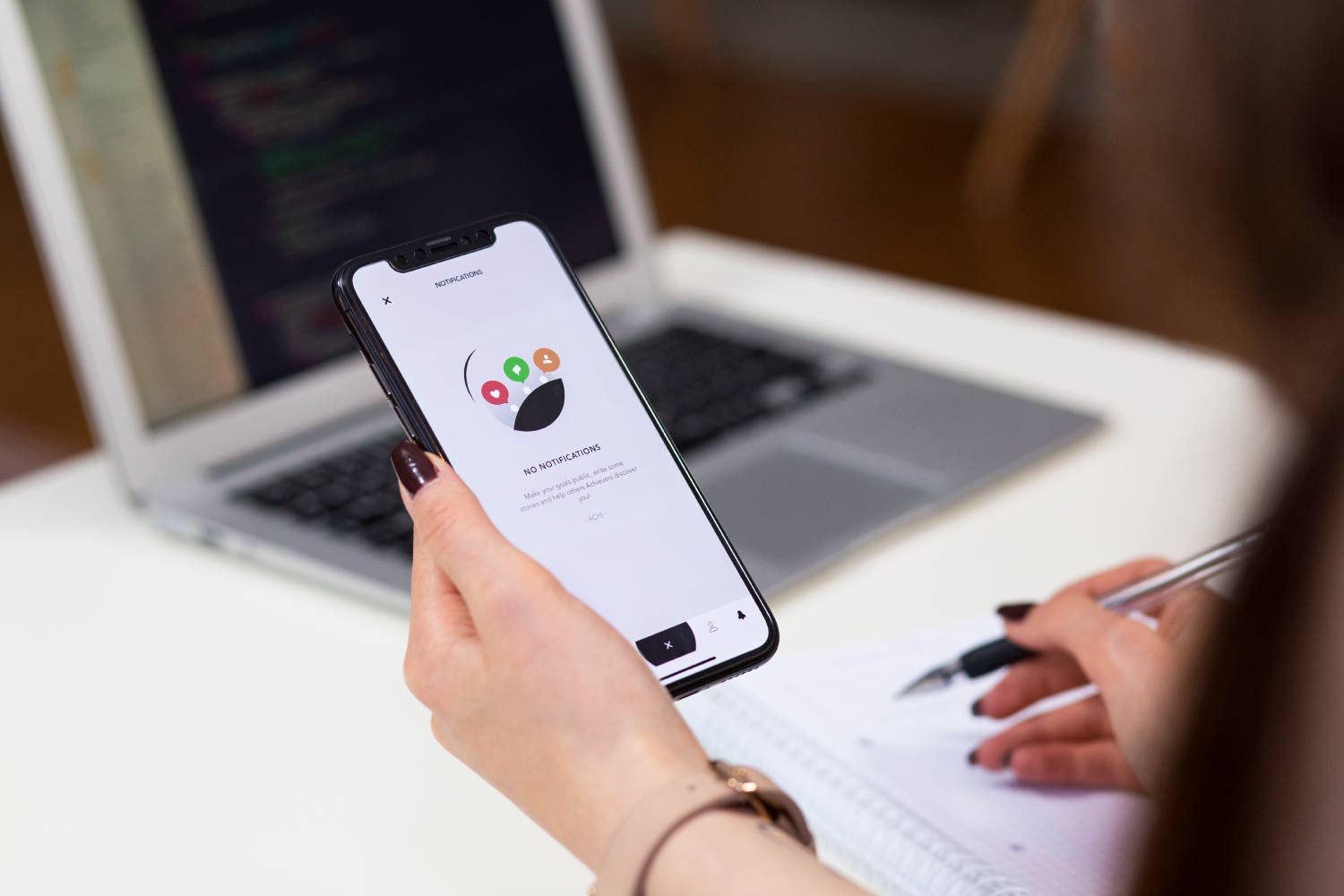Have you ever had a moment in your life where you felt very peaceful and your mind just seemed to stop? You might have noticed the colours on the trees as if you had never seen a tree before, or the wind on your face, or the feel of your feet in your shoes. When moments like these happen, you are practicing mindfulness. Mindfulness is when the mind slows down and you pay attention to the present moment in a non-judgmental way. In other words, mindfulness is the ability to be fully present, aware of where you are and what you’re doing. That may sound pretty simple but, as mindfulness expert, Jon Kabat-Zinn, once said in an interview: “When we start paying attention to how much we pay attention, half of the time our minds are all over the place and we have a very hard time sustaining attention.”
With that said, moments of mindfulness probably don’t happen as often as you would like them to. Instead, you likely experience moments of: I’m here, but I’m not here. For example you may have to read the same paragraph over and over again. Or you may find yourself driving and arriving at your destination only to realize you remember nothing about the journey, or you miss out on a special moment with family because you are distracted by your phone. These common experiences of mindlessness, a state that can also be referred as “autopilot”, happen because your mind is continuously distracted by thoughts and emotions, which cause you to not be fully present in your own life.
How can you train yourself to be in the present moment?
By practicing mindfulness, you learn to use your breath as an “anchor” to keep you in the present moment. One way to illustrate this is to think of your mind as a radio. When you listen to the radio, you have access to many different radio stations; however, you can only listen to one at a time. Your mind works the same way. Many thoughts can run through your mind, but you can only focus on one thought at a time. The idea behind mindfulness is that you focus on your breath (breathing in and out of your nose), which calms your mind and allows it to slow down your thoughts or to be free from them altogether. When you have a calm mind, you feel much more peaceful and you can start to live life with much more clarity.
By learning and applying mindfulness tools (i.e. focusing on the breath) to your every day life, you can intentionally cultivate this mind state to live a calmer, happier life.
Why consider practicing mindfulness?
Mindfulness helps let go of destructive thoughts and patterns. All too often, your mind is taking you off into some future that will never be, or rehearsing past events that can’t be changed. Whether it’s in the past or the future, there is incessant worrying. Sometimes when you realize how destructive the mind can be, you just want to slow it down. The process of slowing down the mind and letting do of destructive thoughts and patterns will cause you to suffer less.
Practicing mindfulness also has many health benefits. Mindfulness is highly practical and the techniques can be applied to benefit you in all aspects of life. It has been shown to help with everyday stresses, it can improve your performance and focus and it can improve your sense of well-being. It has also been shown to help with conditions such as depression, anxiety and addiction.
Lastly, the peace and clarity mindfulness brings can be applied by anyone, to anything. Mindfulness can be practiced to bring calmness and clarity while eating, walking, working, communicating, or any other facet of your life.
Mindfulness Exercises
If you want to slowly begin practicing mindfulness on your own, consider trying out these simple one-minute mindfulness exercises that aim to bring your thoughts into the present moment:
- One Minute Breathing: Focus on your breath for one minute. Breathe in and out slowly, holding your breath for a count of six after you inhale. Naturally your mind will try and wander, but just try to just focus on the rise and fall of your breath and let thoughts go as they arise.
- Mindful Observation: Pick a natural organism within your immediate environment and focus on watching it for one minute. This could be a flower or an insect, the clouds or the moon. Let thoughts of anything else in your life drop away as you concentrate and visually explore this organism.
- Touch Points: Think of something that happens every day more than once, something your take for granted, like opening a door or brushing your teeth, for example. At that moment when you touch the door knob or brush your teeth allow yourself to be completely mindful of where you are, how you feel and what you are doing.
You can also download the following mobile apps if you are interested in guided mindfulness exercises and meditations: Calm, Mind Shift or Insight Timer.
For more information on mindfulness, take a look at the following resources:
Mindfulness Tips for Beginners : https://www.mindful.org/meditation/mindfulness-getting-started/
Why Mindfulness is a Superpower: An Animation



